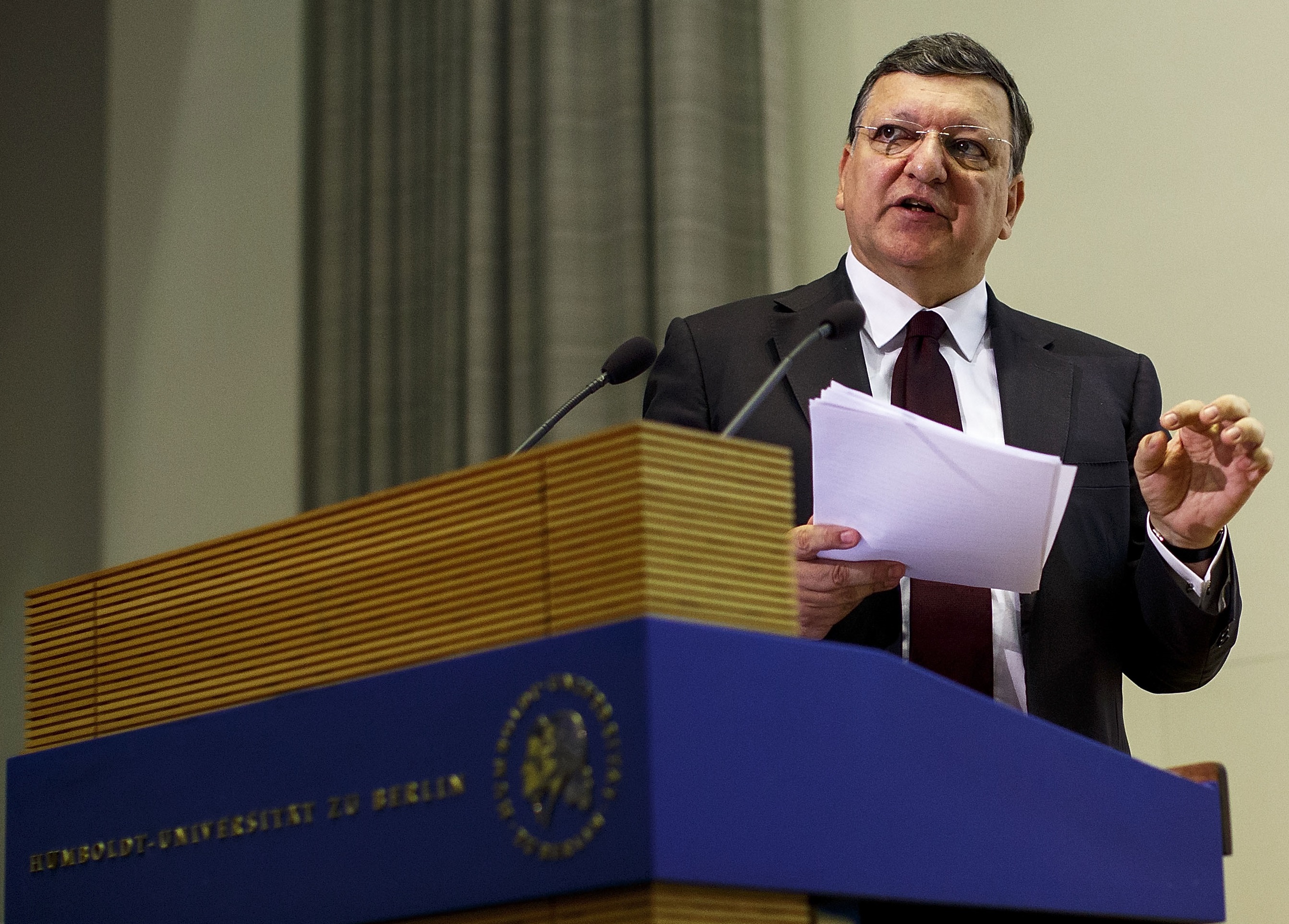Barroso: “With a debt pile of 132% of GDP Rome can’t afford to relax. There are still problems with competitiveness.” Rehn: “The country has very little margin to stay below the 3% deficit limit, use it for growth”
 As was widely anticipated the European Commission proposed to the European Council (who has the last word) that Italy be removed from the watch list for excessive deficit. However the EU Executive imposes strict conditions warning in this way that Enrico Letta’s government must not stray too far from the path laid by Mario Monti. “Italy improved its excessive debt in a durable way” declared President José Manuel Barroso who also warned: “The debt to GDP ratio is a major burden for the economy. Forecasts are that the debt will reach 132% of the GDP in 2014” and due to this “we cannot say that Italy can relax even because there are still problems with competitiveness.” Our country, reminded Barroso “has lost its share of competitiveness compared to France” which also has deficit issues, but they obtained 2 extra years to put their accounts in order. Nonetheless, the President is sure that Letta will honor the commitments made in Brussels: “He clearly told me he will carry on with the reforms. Both he and the Minister of Economy know how important it is to regain the share of competitiveness that was lost.”
As was widely anticipated the European Commission proposed to the European Council (who has the last word) that Italy be removed from the watch list for excessive deficit. However the EU Executive imposes strict conditions warning in this way that Enrico Letta’s government must not stray too far from the path laid by Mario Monti. “Italy improved its excessive debt in a durable way” declared President José Manuel Barroso who also warned: “The debt to GDP ratio is a major burden for the economy. Forecasts are that the debt will reach 132% of the GDP in 2014” and due to this “we cannot say that Italy can relax even because there are still problems with competitiveness.” Our country, reminded Barroso “has lost its share of competitiveness compared to France” which also has deficit issues, but they obtained 2 extra years to put their accounts in order. Nonetheless, the President is sure that Letta will honor the commitments made in Brussels: “He clearly told me he will carry on with the reforms. Both he and the Minister of Economy know how important it is to regain the share of competitiveness that was lost.”
The excessive debt procedure against Italy was initiated in 2009. According to data furnished by the EU Executive Branch after a peak of 5.5% of GDP in 2009, the public debt was progressively reduced until reaching 3% in 2012 that is within the time limits set by the Council. Assuming policies remain unvaried, forecasts from Commission services indicate a deficit of 2.9% of GDP in the spring 2013 and 2.5% in 2014. According to sources inside the Italian government, the difference of .5% is given by payment of debts of public administration, a burden they won’t have next year and therefore could allow the government to use that little treasure for policies to sustain growth.
“Italy has undergone huge structural adjustment over the last 2 years. Looking to the future, the new government is reversing some measures, but has put safeguard measures in place to guarantee that the deficit indeed stays below 3%,” added Olli Rehn referring to Letta’s change in strategy compared to Monti’s government, for example that of property tax. “The suspension of payment for June’s installment” as the Executive Branch text reads, was accompanied by a “clause” that “guarantees that the reform be carried out in strict compliance with the primary budget policy objectives.” Moreover, he affirms in the annotation “in case of failure to adopt a reform with neutral effects on the budget by the end of August 2013 deadline, the suspended installment must be paid by September 16th.”
According to the Vice President of the Commission “continuing with structural reform is the key to recovery in Italy, and repaying arrears of commercial debt, as the government agreed with the Commission, should provide the economy with liquidity to help with economic recovery.” The fact remains that Italy “has a very small margin to stay below the 3% deficit;” therefore “it is important that they adhere to the need to impose strong safety measures to stay under the ceiling mandated.” This “margin” according to Rehn should be used to “stimulate growth.”
Alfonso Bianchi
For further information:
– Leggi le raccomandazioni della Commissione europea per l’Italia











